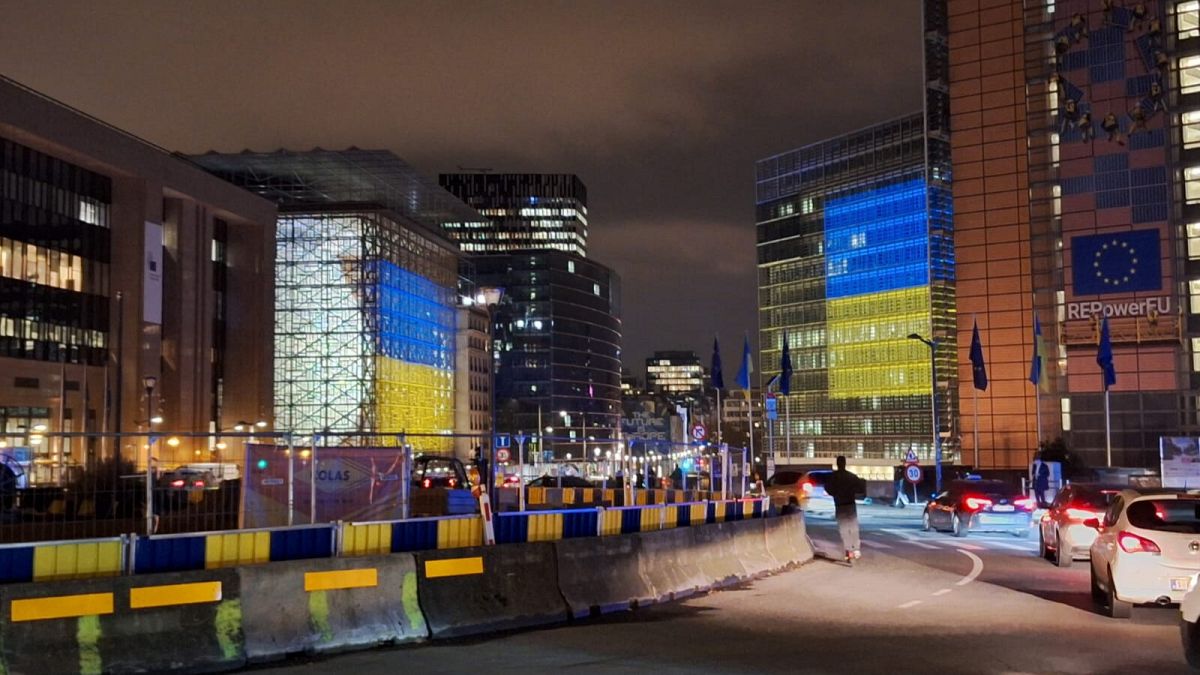Transport Minister Simeon Brown has signed a new speed limit rule which will see speed limit reductions brought in under the previous government reversed.
A number of road safety experts have spoken out against the Government’s moves, saying more people will be killed or seriously injured.
Earlier this month a group of local and international road safety experts, academics and health professionals penned an open letter to the Government saying people will die if it goes ahead with the reductions.
Brown announced today the Land Transport Rule: Setting of Speed Limits 2024 would come into force on October 30.
It would see speed limit reductions on local streets, arterial roads and state highways reversed by July 1, 2025.
Brown said the speed limits that have been reduced to these roads since January 1, 2020 must be restored to the speed limit that was in place on December 31, 2019.
It would also require reduced variable speed limits outside schools during pick up and drop off times by July 1, 2026 — one year earlier than the date set in the draft rule.
Local streets outside a school would be required to have a 30km/h variable speed limit, while rural roads outside schools would be required to have variable speed limits of 60km/h or less.
The Transport Minister also said the rule would enable speed limits up to 120km/h on Roads of National Significance where it is safe.
“The previous government’s approach to road safety led to untargeted speed limit reductions across the country that slowed Kiwis and the economy down. New Zealanders rejected these illogical blanket speed limit reductions,” Brown said.
“Over 65 per cent of submitters supported our plan to reverse the previous government’s blanket speed limit reductions in the draft speed limit rule.”
“Throughout the world, 50km/h is used as the right speed limit to keep urban roads flowing smoothly and safely. The evidence on this is clear — comparable countries with the lowest rates of road deaths and serious injuries, such as Norway, Denmark, and Japan, have speed limits of 50km/h on their urban roads, with exceptions for lower speed limits,” Brown said.
“These countries have strong road safety records, targeting alcohol, drugs, and speeding. Our Government has a clear focus on improving road safety outcomes with clear targets to ensure Police are focused on the most high-risk times, behaviours, and locations.
“Alcohol and drugs are the highest contributing factor to fatal crashes on our roads, and that’s why we have increased alcohol breath testing targets and introduced legislation to roll out roadside drug testing to crack down on this reckless behaviour.”
‘Safe speeds save lives’ – Greens
The Green Party said the Government’s move would result in serious harm.
“The science is conclusive and the evidence is overwhelming: safe speeds save lives,” the party’s transport spokesperson Julie Anne Genter said.
Genter said the Government was “trying to force councils and communities to adopt unsafe speeds on dangerous rural roads, in areas with lots of pedestrians, and around schools for most of the day”.
“The reality is that people won’t notice getting to their destination seconds earlier, but will notice a family member not making it home,” she said.
“We are dealing with people’s lives here. Failing to follow the evidence and ignoring basic physics will have real-world consequences.”













